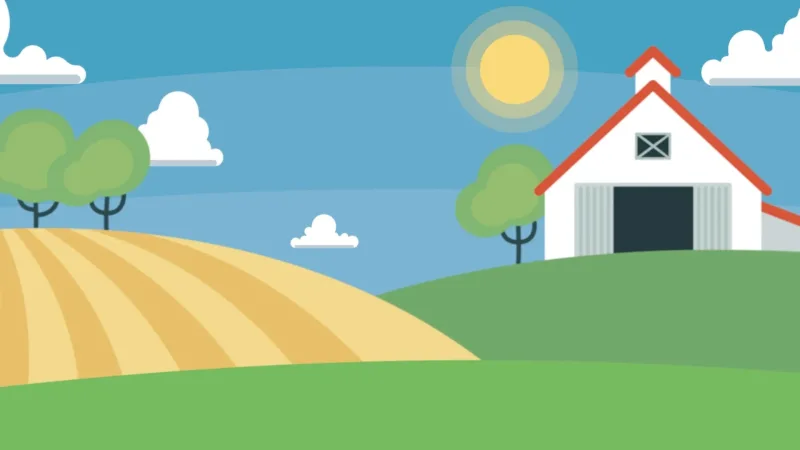
Canada’s pulse industry is a global powerhouse—advancing economic prosperity and environmental stewardship as a leading exporter of peas, lentils, chickpeas, and dry beans. With millions of acres harvested each year, pulses contribute significantly to Canada’s economy while playing a vital role in advancing sustainable agriculture.
-
QUICK FACTS
THE CANADIAN PULSE INDUSTRY
- Canada is one of the world's largest producers and exporters of pulse crops, including lentils, peas, chickpeas, dry beans and faba beans.
- An average of 8.3 million acres of pulses are grown in Canada every year, primarily in Alberta, Saskatchewan, Manitoba and Ontario.
- Approximately 5.5 million tonnes of pulses are exported from Canada annually, feeding markets around the globe.
- In 2021, pulse production contributed $6.3 Billion to Canada’s economy, including $3.1 billion in GDP.
- Canadian-grown pulses reduced carbon emissions by 1.7 million tonnes* in 2021.
-

Driving Economic Growth
Pulses play a vital role in Canada’s agri-food sector and broader economy. With an incredible economic benefit, it’s no wonder that pulse acres continue to increase. In 2021 the estimated 8.8 million acres of Canadian pulses contributed:
$6.3B
to Canada’s economy$3.1B
to Canada’s GDP25,907
canadian jobs
Impacting The Environment
Pulse crops are natural nitrogen fixers—they draw nitrogen from the atmosphere, reducing the need for nitrogen fertilizers and lowering greenhouse gas emissions associated with crop production. Thanks to our modern production practices and cool dry climate, the pulses grown in Canada are particularly sustainable.

